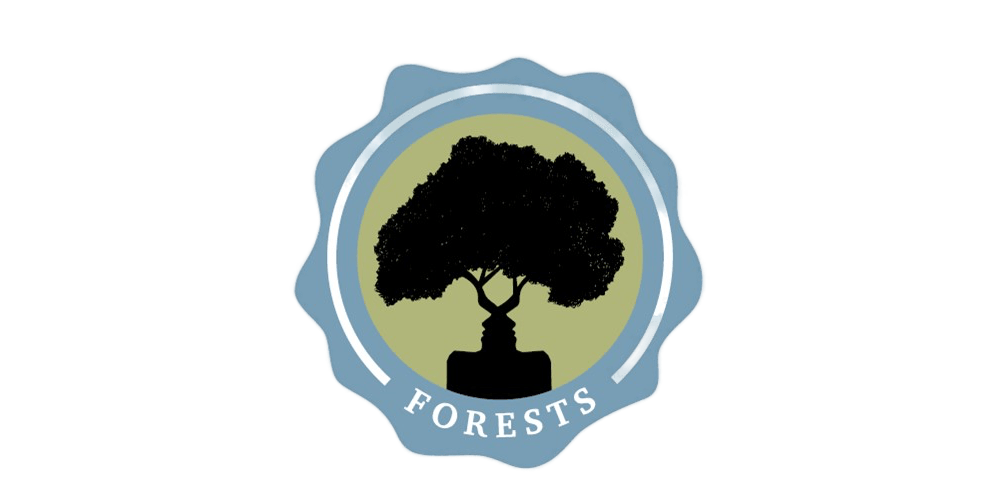Becoming a Sensor for a Planthroposcene

Natasha Myers
If the Anthropocene names a time-bound era marshalled by humans bent on earthly destruction, a Planthroposcene is an aspirational scene or episteme in which people learn how to conspire with plants to grow livable worlds. Planthroposcenes are lively scenes of social justice and decolonization: they take root wherever people form solidarities with the plants and trees to ensure collective flourishing. This talk explores the modes of attention and analytics we need in order to support such plant/people conspiracies.
Becoming Sensor, a collaborative research-creation project located at the intersection of anthropology, art, ecology, and advocacy, aims to detune settler common sense and the colonial ecological sensorium, which tend to render plants and trees as extractable resources. Since 2015, Becoming Sensor has been focused on inventing protocols for an 'ungrid-able ecology' up to the task of allying with Indigenous resurgence projects taking shape in the ancient oak savannahs in Toronto, sites where Indigenous people in this region have been conspiring with the plants and trees for millennia.
Summary
- Myers begins with a land acknowledgement to reflect on how settlers can support indigenous land sovereignty. She acknowledges the need to call out the colonialism of ecological sciences and make space for indigenous knowledge.
- She discusses how settler common sense shapes ecological restoration in Toronto's oak savannahs, erasing indigenous presence and threatening indigenous futures. She argues settlers need to forget tropes of nature and reconceive human relations with the more-than-human world.
- Myers shares her "becoming censor" research with dancer Ayaline Liberona, using art and kinesthetic imagining to tune into the land's sentience and tell stories that challenge settler perspectives. Their aim is protocols for an "ungreadable ecology" that reveals colonial harms.
- She introduces the concept of the "planthroposcene" as scenes where people form solidarities with plants to grow livable worlds. This counters anthropocenic narratives and centers plant life and decolonial projects. Indigenous resurgence in the oak savannahs models this vision.
- In discussion, Myers emphasizes the need to keep plants and people together, recognizing our inseparability. She imagines institutions designed around plant-people care and knowledge, and stresses creative world-making that conjures livable futures.
Natasha Myers is associate professor in the Department of Anthropology at York University. She is director of the Plant Studies Collaboratory and co-founder of Toronto's Technoscience Salon. Her current ethnographic projects speculate on the contours of the Planthroposcene, with investigations spanning the arts and sciences of vegetal sensing and sentience, the politics of gardens, and the enduring colonial violence of restoration ecology. Her first book, Rendering Life Molecular: Models, Modelers, and Excitable Matter (Duke 2015) won the 2016 Robert Merton Book Prize from the American Sociological Association's section on Science, Knowledge, and Technology. She is also the co-author, with Carla Hustak, of the recent book Le Ravissement de Darwin: Le langage des plantes (Éditions la Découverte, 2020), the French translation of their widely-cited 2012 essay, "Involutionary Momentum: Affective Ecologies and the Science of Plant/Insect Encounters." Her website is natashamyers.org.
Also see Becoming Sensor in the Planthroposcene: An Interview with Natasha Myers.

Member discussion